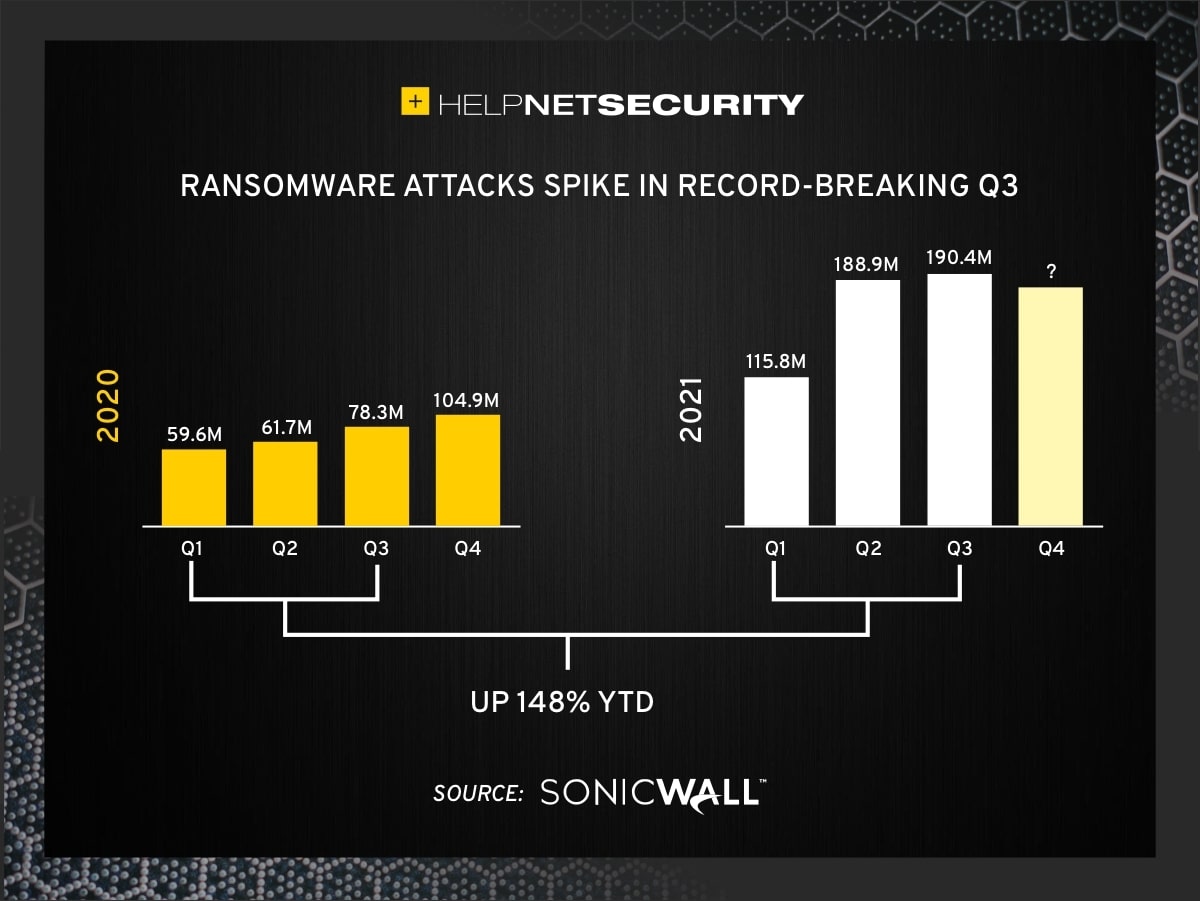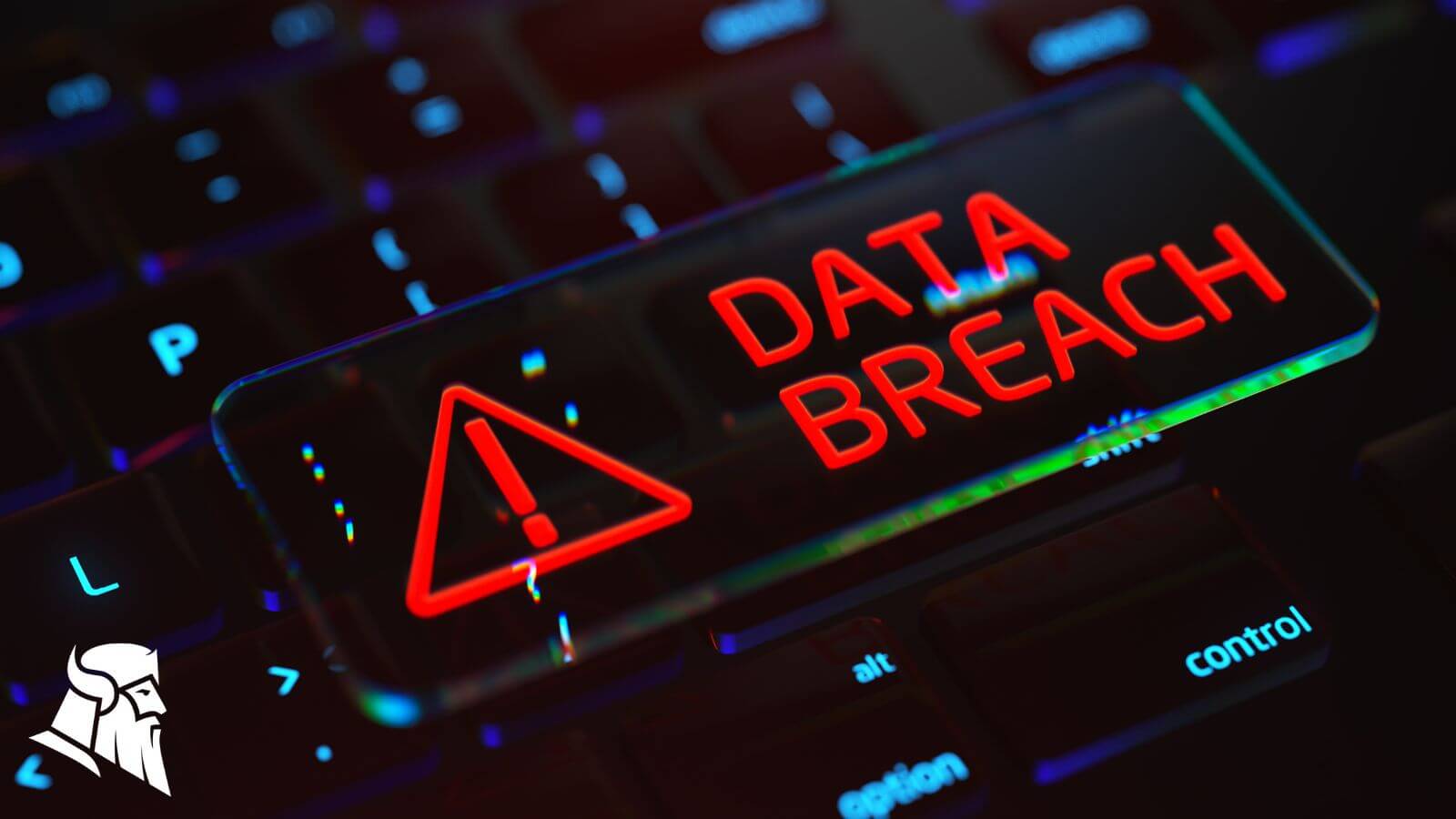Toptal GitHub Breach: Malicious npm Packages Target Developers

Toptal GitHub Breach: Malicious npm Packages Target Developers
A recent security breach involving Toptal's GitHub organization has sent ripples through the developer community. Attackers managed to compromise the account and publish ten malicious npm packages, highlighting the growing risks associated with software supply chain attacks. This incident serves as a stark reminder of the importance of robust security practices and vigilance in the open-source ecosystem.

Detect and prevent dependency confusion attacks on npm to maintain ...
The Toptal GitHub Breach: What Happened?
On July 20, 2025, hackers gained access to Toptal's GitHub organization, exposing 73 repositories. They then published ten malicious npm packages with over 5,000 downloads. These packages were designed to steal GitHub tokens and potentially wipe user data, causing significant disruption and potential data loss for affected developers.
- Compromised GitHub account led to the publication of malicious packages.
- Packages aimed to steal GitHub tokens and erase user data.
- Over 5,000 downloads indicate a significant potential impact.
Understanding the Threat: Supply Chain Attacks
This incident is a prime example of a supply chain attack, where attackers target vulnerabilities in the software development process to distribute malware. By compromising a trusted source like Toptal's GitHub account, they were able to inject malicious code into packages that developers unknowingly downloaded and used in their projects.
Supply chain attacks are becoming increasingly common and sophisticated. They can be difficult to detect and can have far-reaching consequences. Here are some common techniques used in these attacks:
- Typosquatting: Creating packages with names similar to popular ones, hoping developers will make a typo and download the malicious package.
- Dependency Confusion: Exploiting the way package managers resolve dependencies to trick developers into using malicious internal packages.
- Compromised Accounts: Gaining access to developer accounts to publish malicious updates to existing packages.
Protecting Yourself: Best Practices for Developers
While the threat of supply chain attacks is real, there are steps developers can take to protect themselves and their projects:
- Enable Multi-Factor Authentication (MFA): This adds an extra layer of security to your accounts, making it more difficult for attackers to gain access.
- Regularly Audit Dependencies: Use tools like npm audit or Snyk to identify and fix vulnerabilities in your project's dependencies.
- Use a Package Registry Proxy: A proxy can help you control which packages are allowed into your environment and scan them for malware.
- Monitor Package Updates: Be wary of unexpected or suspicious updates to your dependencies.
- Implement Subresource Integrity (SRI): Use SRI to ensure that the files you load from CDNs haven't been tampered with.
Key Takeaways
The Toptal GitHub breach serves as a wake-up call for the developer community. It highlights the importance of taking security seriously and implementing robust measures to protect against supply chain attacks. By following the best practices outlined above, developers can significantly reduce their risk and help create a more secure software ecosystem.
References
- Hackers Breach Toptal GitHub, Publish 10 Malicious npm ...
- Toptal GitHub Breach and npm Malware Surge Highlight Growing ...
- Hackers breach Toptal GitHub account, publish malicious npm ...
- Toptal’s GitHub Organization Hijacked: 10 Malicious Packages ...
- Toptal GitHub Hacked: Malicious npm Packages Wipe Dev Systems
- Toptal GitHub Breach Exposes 73 Repos, Deploys Malicious npm ...
- Feature Image





